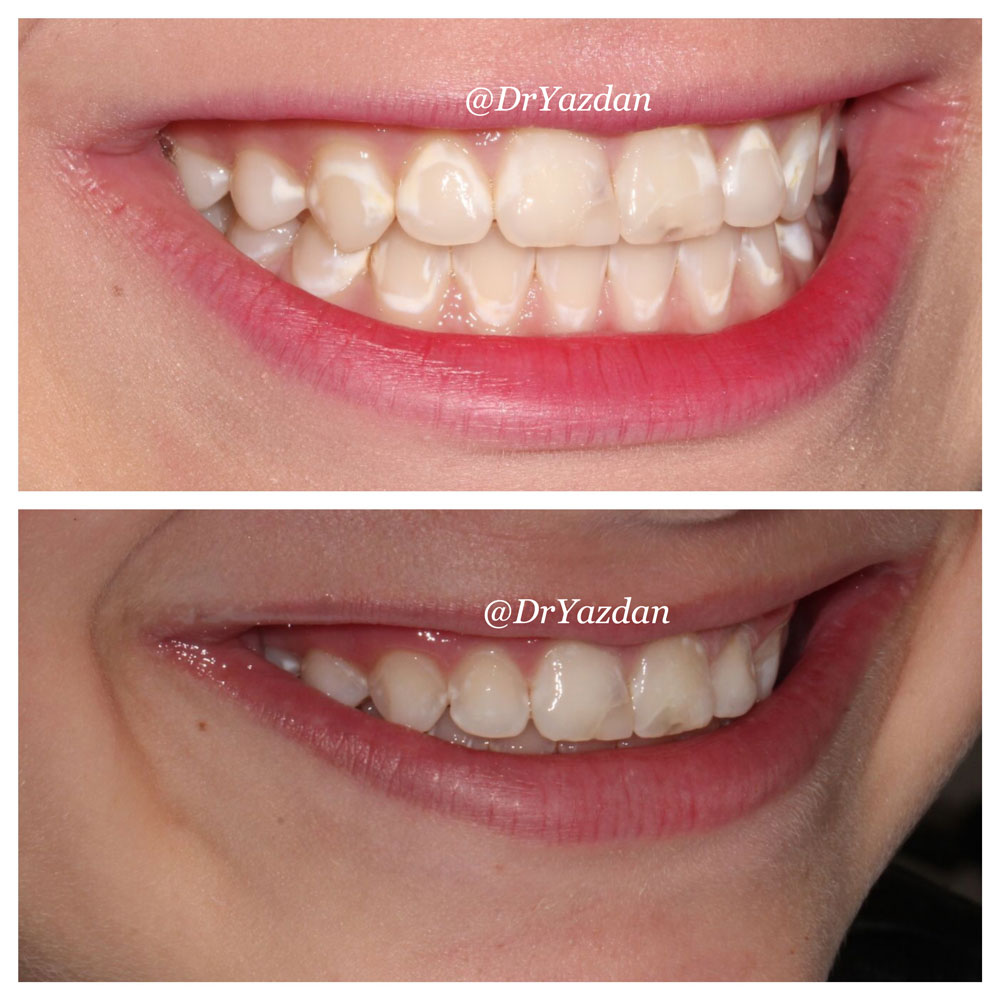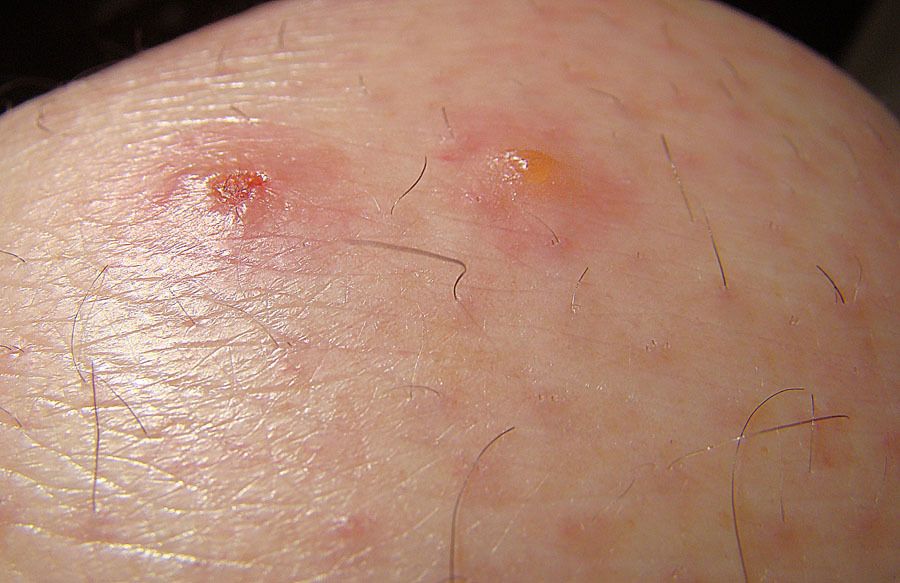10 Spots On Teeth After Whitening Fixes Guaranteed

The pursuit of a dazzling smile often leads individuals to teeth whitening treatments, only to be dismayed by the appearance of unsightly spots on their teeth afterwards. These spots can be a significant source of frustration, as they detract from the otherwise bright and even appearance of the teeth. Understanding the causes of these spots and implementing effective fixes can help restore the desired outcome of teeth whitening.
Causes of Spots on Teeth After Whitening
Before delving into the solutions, it’s essential to comprehend the reasons behind these unwanted spots. Several factors contribute to their appearance:
- Tooth Decay or Cavities: Undiagnosed or untreated cavities can become more visible after whitening, as the surrounding tooth structure becomes lighter, making the decay stand out.
- Dental Work: Fillings, crowns, or other dental restorations may not respond to whitening treatments in the same way as natural tooth enamel, leading to noticeable discrepancies in color.
- Enamel Erosion: Areas where the enamel has worn away can appear as spots, as the underlying dentin layer is more prone to staining and has a different color than the enamel.
- Fluorosis: White or brown spots caused by excessive fluoride exposure during tooth development can become more apparent after whitening.
- Stains: Surface stains from food, tobacco, or poor oral hygiene can reappear or become more noticeable after the whitening process.
Fixes for Spots on Teeth After Whitening
Addressing these spots effectively requires a tailored approach based on their cause. Here are guaranteed fixes for different types of spots:
1. Dental Bonding for Minor Spots
For small spots due to enamel erosion, minor decay, or fluorosis, dental bonding can be an effective solution. This procedure involves applying a tooth-colored resin to the affected area, which is then hardened with a special light, blending the spot with the rest of the tooth.
2. Replacement of Old Fillings
If spots are due to old or mismatched fillings, replacing them with new, tooth-colored fillings can provide a uniform appearance. Modern dental materials are designed to match the color and texture of natural teeth closely.
3. Professional Cleaning and Polishing
Surface stains can often be removed with a professional dental cleaning and polishing. This is especially effective for stains caused by food, tobacco, or poor oral hygiene practices.
4. Porcelain Veneers for Significant Discoloration
For more extensive or deeper discoloration, porcelain veneers can offer a comprehensive solution. These thin layers of porcelain are custom-made to fit over the front of the teeth, providing a perfectly uniform color and shape.
5. Whitening Touch-ups and Maintenance
Regular touch-ups with at-home whitening kits or periodic in-office whitening treatments can help maintain the brightness of the teeth and prevent the re-emergence of spots.
6. Fluoride Treatments for Sensitivity
If spots are associated with sensitivity, fluoride treatments can help strengthen the tooth enamel and reduce sensitivity, making the teeth less prone to staining.
7. Composite Resin for Small Cavities
For small cavities, composite resin fillings can be used to restore the tooth’s original appearance while preventing further decay.
8. Dental Crowns for Extensive Decay
In cases of extensive decay, a dental crown may be necessary. Crowns encapsulate the entire tooth, restoring its shape, size, and color, ensuring a uniform appearance with the rest of the teeth.
9. Enamel Re-mineralization
For early stages of enamel erosion, dental treatments aimed at re-mineralizing the enamel can help restore its health and appearance, reducing the visibility of spots.
10. Professional Consultation
Ultimately, the most effective fix for spots on teeth after whitening is a professional consultation with a dentist. A dental professional can diagnose the cause of the spots and recommend the most appropriate treatment based on the individual’s oral health needs and cosmetic goals.
Conclusion
The appearance of spots on teeth after whitening can be disheartening, but it’s not an uncommon issue. By understanding the causes and implementing the right fixes, individuals can achieve the radiant, uniform smile they desire. Whether through minor adjustments like dental bonding or more extensive procedures such as veneers, there are solutions available for every type of spot. Consulting with a dentist is the first step towards addressing these issues and enjoying a confident, healthy smile.
How long do tooth bonding results last?
+Tooth bonding results can last for several years, depending on the location of the bond, the patient’s oral habits, and the type of material used. On average, bonding can last between 3 to 10 years before needing touch-ups.
Are porcelain veneers suitable for everyone?
+While porcelain veneers are a versatile cosmetic solution, they are not suitable for everyone. Factors such as tooth alignment, bite, and the overall health of the teeth and gums are considered. A dental professional can assess whether veneers are the right choice for an individual’s specific needs and goals.
Can I prevent spots from appearing after teeth whitening?
+Yes, maintaining good oral hygiene, avoiding foods and drinks that stain teeth, and attending regular dental check-ups can help prevent spots from appearing or reappearing after teeth whitening. Additionally, following post-whitening instructions provided by your dentist can minimize the risk of spots.

